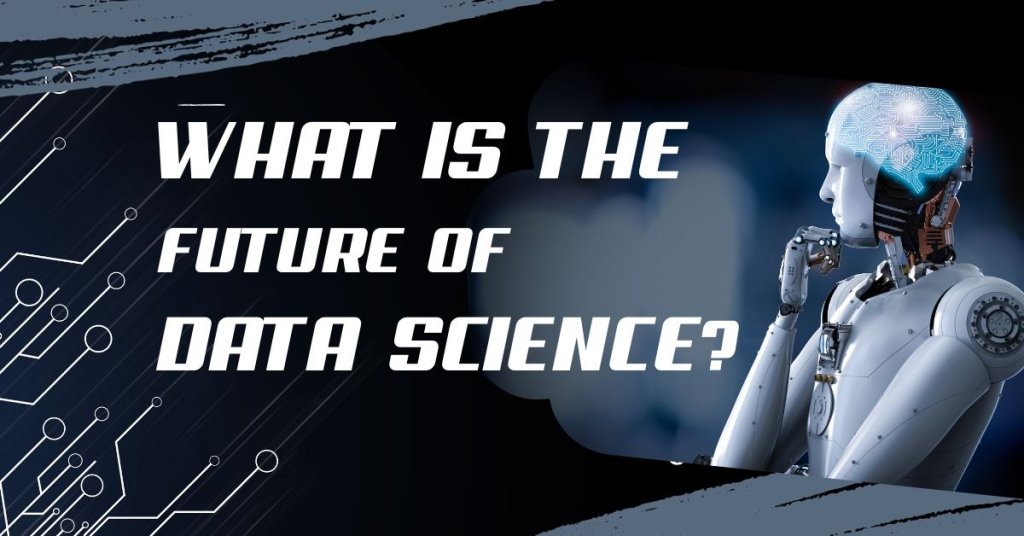Data Science has become a buzzword in the tech industry, and for good reason. With the explosive growth of data in recent years, the need for skilled professionals who can extract insights from this data has also increased. This is where Data Scientists come in – they are the ones responsible for making sense of large datasets and providing valuable insights for decision-making. But what exactly is Data Science and what does it involve? In this article, we will dive into the world of Data Science and explore the role of a Data Scientist.
Introduction to Data Science
To understand what Data Science is, let us first break down the term itself. “Data” refers to any information or facts that can be collected, while “Science” is the systematic study of a subject through observation and experimentation. Therefore, Data Science can be defined as the process of collecting, organizing, analyzing, and interpreting large amounts of data to extract meaningful insights and patterns.
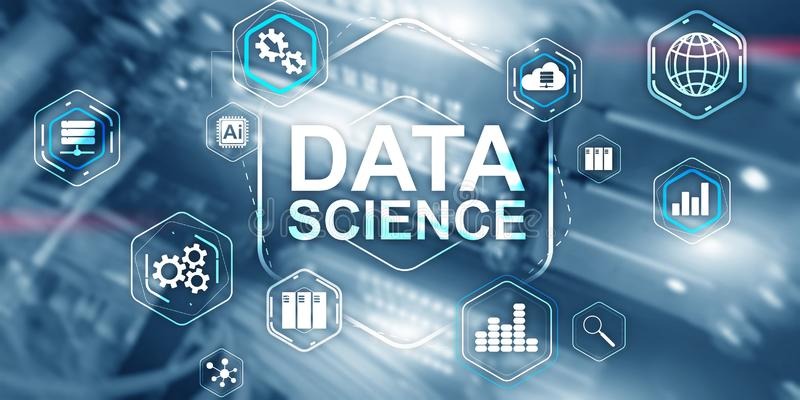
Data Science encompasses a wide range of techniques and tools from various fields such as mathematics, statistics, computer science, and information technology. Its primary goal is to help businesses and organizations make informed decisions by providing valuable insights from data.
History and Evolution of Data Science
The roots of Data Science can be traced back to the 1960s when the term “data scientist” was first used by statistician John W. Tukey. However, it was not until the late 1990s that the term gained popularity, thanks to advancements in technology and the massive amount of data being generated.

Since then, Data Science has evolved rapidly, and the demand for Data Scientists has also increased significantly. According to Forbes, “Data Scientist” was named the “sexiest job of the 21st century” in 2012. Today, Data Science is an essential aspect of various industries, including healthcare, finance, marketing, and e-commerce.
The Data Scientist’s Toolbox
In today’s fast-paced world, businesses and organizations rely heavily on data to make decisions. As a result, Data Scientists need a wide range of tools and techniques to analyze and extract insights from large datasets. Some of the commonly used tools and languages in Data Science include SQL, Hadoop, Weka, R, and Python.
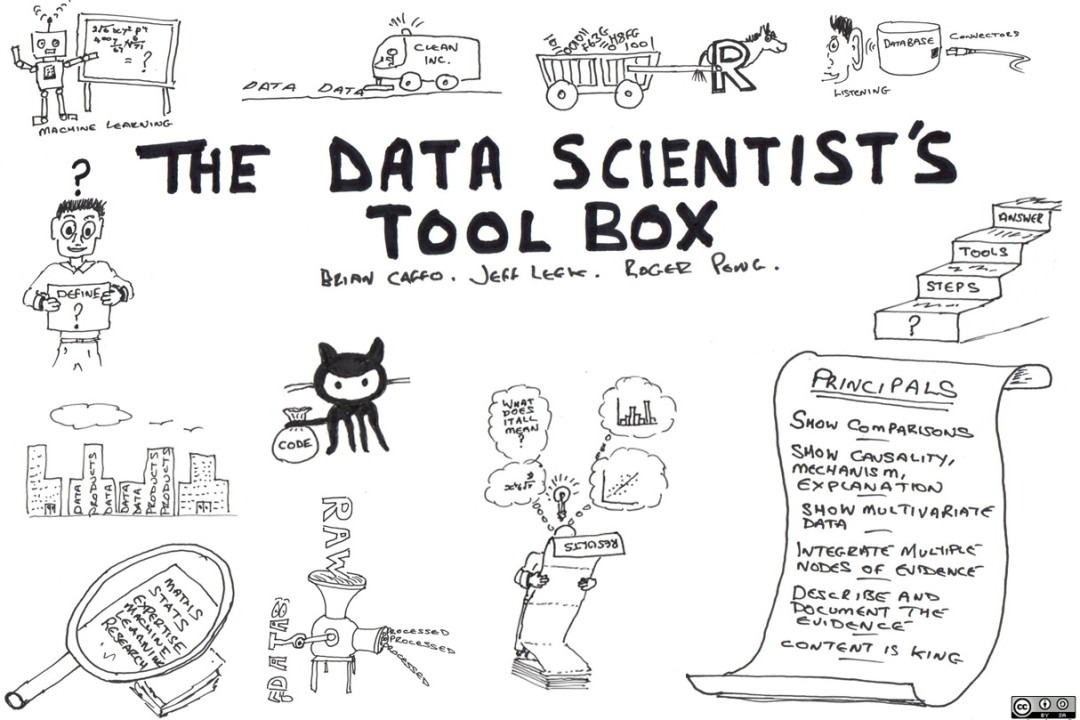
SQL
Structured Query Language (SQL) is a programming language used for managing and manipulating structured data in databases. It is one of the most widely used tools by Data Scientists as it allows them to query and retrieve data from databases efficiently. SQL is also used for data cleaning, transformation, and analysis.
Hadoop
Hadoop is an open-source framework designed for distributed storage and processing of large datasets across clusters of computers. It allows Data Scientists to store and process massive amounts of data in a cost-effective manner. Hadoop is highly scalable and fault-tolerant, making it an ideal tool for Big Data analytics.
Weka
Weka is a collection of machine learning algorithms used for data mining and predictive modeling. With its user-friendly interface, Data Scientists can easily apply various machine learning techniques to their datasets without needing to code. Weka is also compatible with other programming languages such as Java and Python.
R
R is an open-source statistical programming language used for data manipulation, analysis, and visualization. It offers a vast array of statistical models and methods that Data Scientists can use to extract insights from data. R is also highly flexible, allowing for customization and the creation of data visualizations.
Python
Python is a high-level programming language that is widely used in Data Science for its simplicity and versatility. It has a wide range of libraries and tools dedicated to data analysis and machine learning, such as Pandas, NumPy, and scikit-learn. Python is also highly scalable and can handle large datasets efficiently.
Skills and Qualifications of a Data Scientist
To become a successful Data Scientist, one needs a combination of technical skills, domain knowledge, and soft skills. Apart from being proficient in various tools and programming languages, a Data Scientist should also possess a strong understanding of statistics and mathematics. They should also have excellent communication and problem-solving skills.

Some of the most common qualifications required to become a Data Scientist include a degree in computer science, statistics, mathematics, or a related field. Additionally, many companies prefer candidates with a master’s or Ph.D. in Data Science or a related discipline.
Apart from formal education, Data Scientists can also upskill themselves through online courses, workshops, and boot camps. These programs provide hands-on experience and practical knowledge of various tools and techniques used in Data Science.
Applications of Data Science
Data Science has numerous applications in various industries, making it a rapidly growing field. Let us look at some of the most common applications of Data Science:
Business Analytics
Data Science plays a crucial role in business analytics, providing valuable insights for decision-making processes. By analyzing customer data, market trends, and consumer behavior, businesses can identify growth opportunities and make informed decisions to increase revenue and profitability.
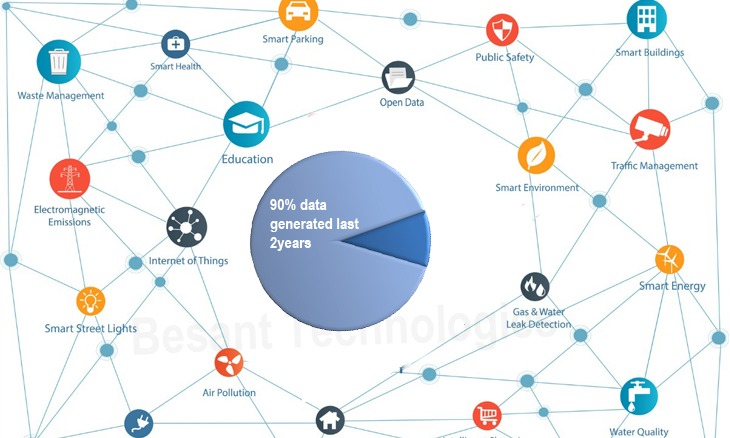
Healthcare
The healthcare industry generates vast amounts of data, including electronic health records, patient demographics, and medical imaging. Data Science enables healthcare professionals to analyze this data and make early disease diagnoses, leading to better patient outcomes.
Finance
Financial institutions use Data Science to analyze customer data and predict credit risk. They also utilize it for fraud detection and prevention by identifying unusual patterns and transactions. Data Science also helps in portfolio management and market analysis.
E-commerce
E-commerce companies use Data Science to personalize customer experiences, recommend products, and optimize pricing. By analyzing customer behavior and preferences, businesses can increase sales and customer satisfaction.
Challenges and Future of Data Science
As with any field, Data Science also faces its fair share of challenges. Some of the common challenges include data quality issues, privacy concerns, and a shortage of skilled professionals. However, with advancements in technology and an increasing demand for data-driven decisions, the future of Data Science looks promising.
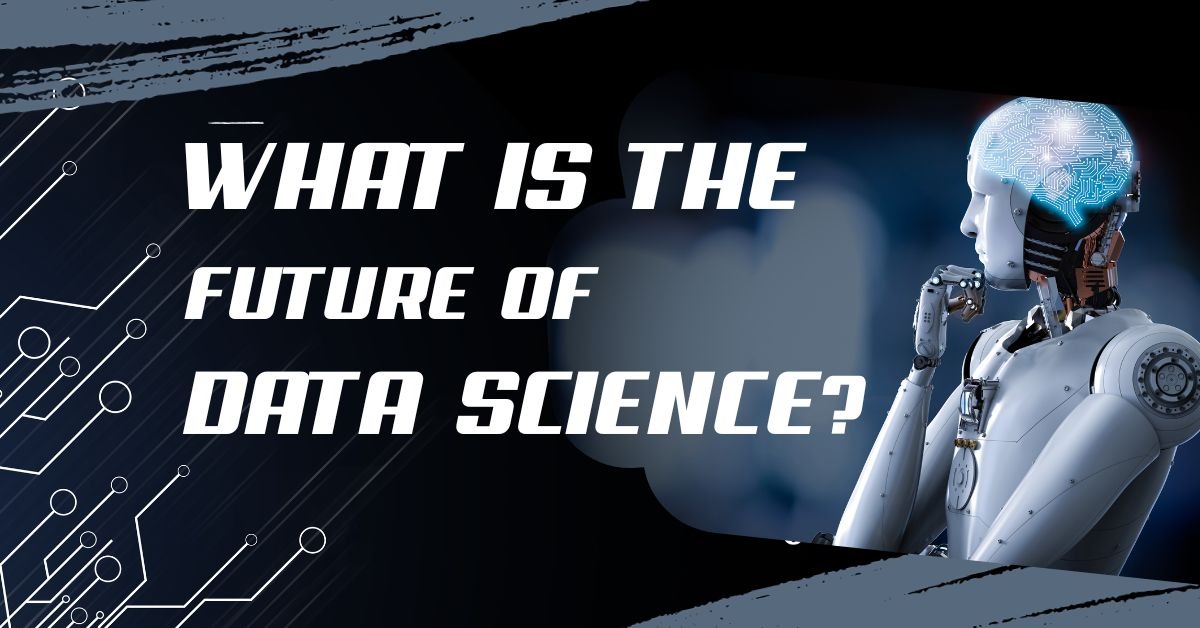
According to the US Bureau of Labor Statistics, the demand for Data Scientists is projected to grow by 11% from 2019 to 2029, much faster than the average for all occupations. This indicates the high demand for skilled Data Scientists in various industries.
The future of Data Science is also expected to see significant developments in areas such as Artificial Intelligence (AI) and Machine Learning (ML). With the rise of Big Data and the Internet of Things (IoT), the need for more advanced tools and techniques in Data Science will continue to increase.
Conclusion
In conclusion, Data Science is an interdisciplinary field that involves collecting, organizing, analyzing, and interpreting large amounts of data to extract valuable insights. It has become an essential aspect of various industries, including business, healthcare, finance, and e-commerce. With the increasing demand for skilled Data Scientists, this field offers numerous opportunities for individuals looking to enter the world of data and analytics. We hope this article has provided you with a better understanding of what Data Science is and the role of a Data Scientist.





